Dying Christianities
Philip Jenkins is writing about a Christian history we don't know--and would probably rather avoid.
Philip Jenkins, one of today’s authorities on the global church’s past and future, has released another highly regarded—if sobering—account of Christianity outside the West. The Lost History of Christianity (Oxford, 2008) tells the winding story of the faith’s rise and fall in the Middle East and Central Asia, particularly in Mesopotamia, which became the center of the early church and its wide-reaching cross-cultural missions. The theologies practiced here, those of the Jacobites and Nestorians, were later considered heretical by the Christianized Roman Empire. Yet most of today’s dwindling Iraqi Christian population considers one of the strands its “spiritual ancestor,” says Jenkins in his most recent CT article, "Recovering Church History."
Jenkins sat down with Beliefnet editor (and CT contributor) Patton Dodd to talk about the book. Here are some of the most provocative excerpts:
On the Eastern church:
[The] Eastern world has a solid claim to be the direct lineal heir of the earliest New Testament Christianity. Throughout their history, the Eastern churches used Syriac, which is close to Jesus's own language of Aramaic, and they followed Yeshua, not Jesus. Everything about these churches runs so contrary to what we think we know. . . .
Just a suggestion. Perhaps we should think of these Eastern communities - the Nestorians and Jacobites - as the real survivors of ancient Christianity. In that case, the great Western churches we know, the Catholic and Orthodox, are the "alternative Christianities."
On early Christianity and Islam:
Christians survive perfectly well for centuries under Muslim regimes, and the relations between the two are often excellent. In fact, Islam borrows massively from those ancient Christian churches. They borrow a lot of the architectural styles of mosques, the worship practices, and customs like Lent, which becomes the Muslim Ramadan. In fact, if a sixth or seventh century Eastern Christian came back today, that person would probably feel more at home in a mosque than a typical Western church service. That comfort level might change once they explored the doctrines being taught, but the general atmosphere would be very similar. The more you look at these Eastern Christianities, the easier it is to understand that Islam and Christianity emerged as sister faiths.
On ‘dying’ religions:
Read the rest of the interview hereWe really don't know why religions die, and if they do, in what sense they might leave ghosts. One thing that strikes me is how much a dead religion influences its successor - how for instance the old Christianity left its mark on the successor faith of Islam.
Finally, there is a major theological issue that nobody addresses, the theology of extinction. How do Christians explain the death of their religion in a particular time and place? Is that really part of God's plan? Or maybe our time scale is just too short, and one day we will realize why this had to happen. But as I say, nobody is really discussing these questions.
Labels: Christian History




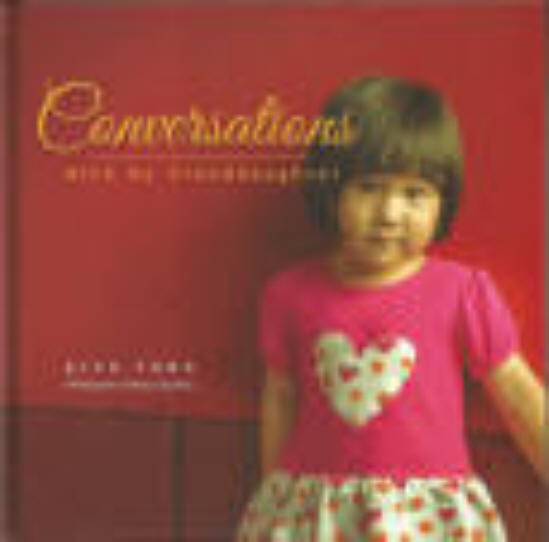
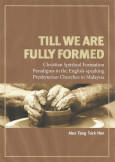

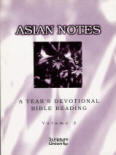
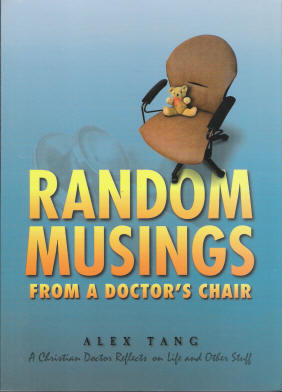




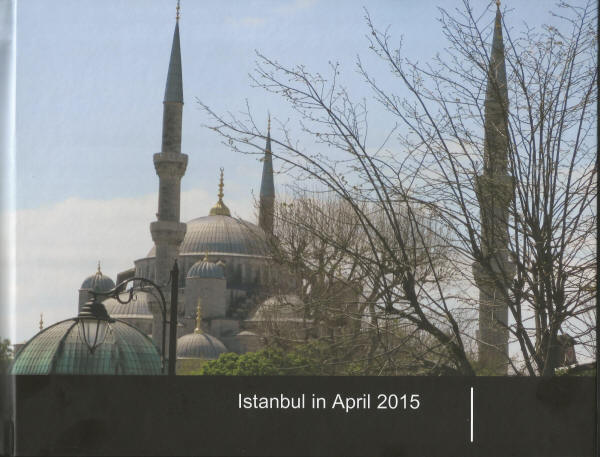
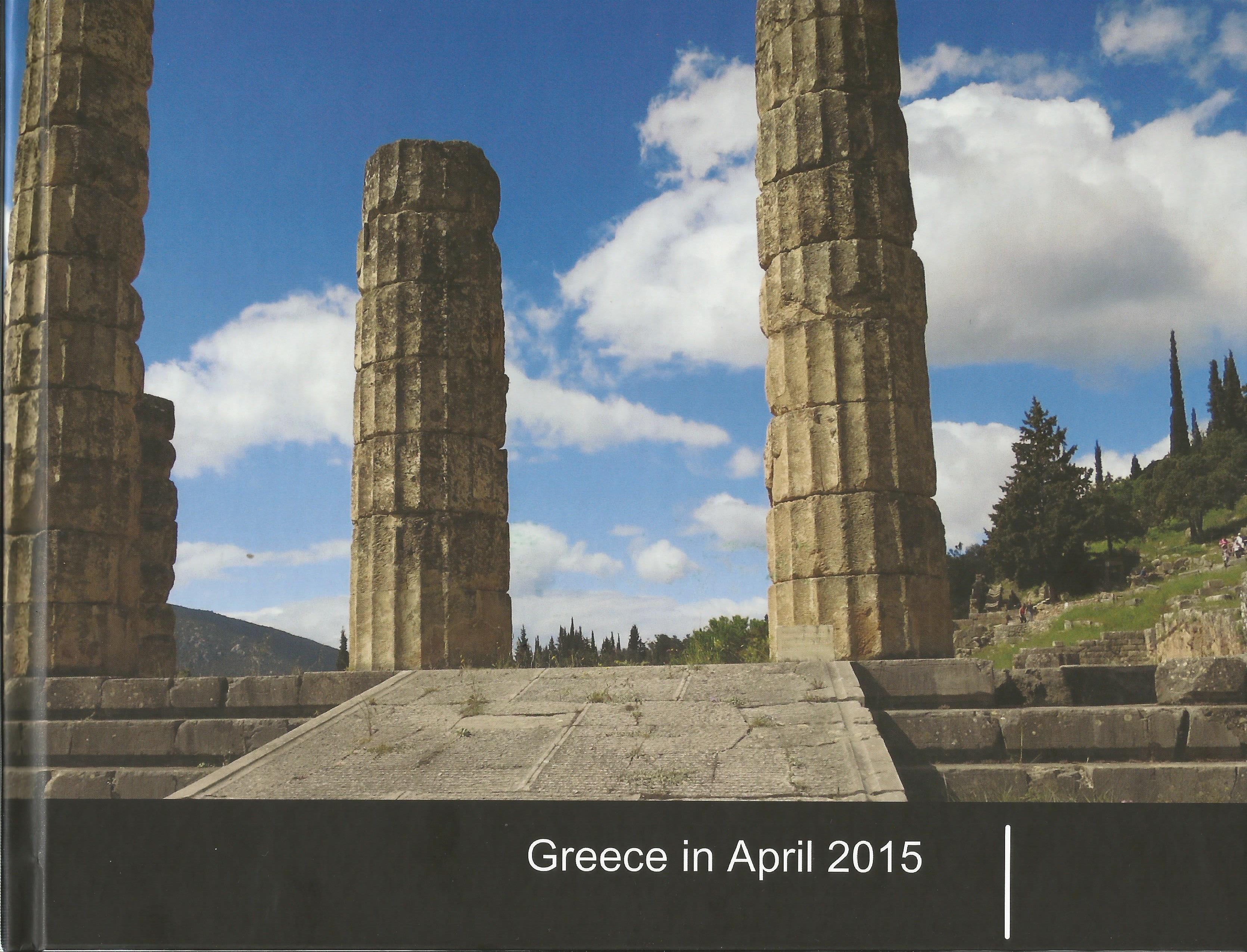
2 Comments:
Interesting article. Thanks for linking it. Especially in trying to "build" an international church, I find that so much of what people are most comfortable with is based on either Christianity of Western cultural heritage or a local denominational tradition.
Perhaps a wider understanding of neglected branches of historical christianity would greatly help cross cultural barriers.
Hi Paul,
This is so true. While most congregations are 'self-centred' in a way, yet they cannot avoid the influences of the universal church as new people join and with their own exposure to the news media.
Post a Comment
<< Home